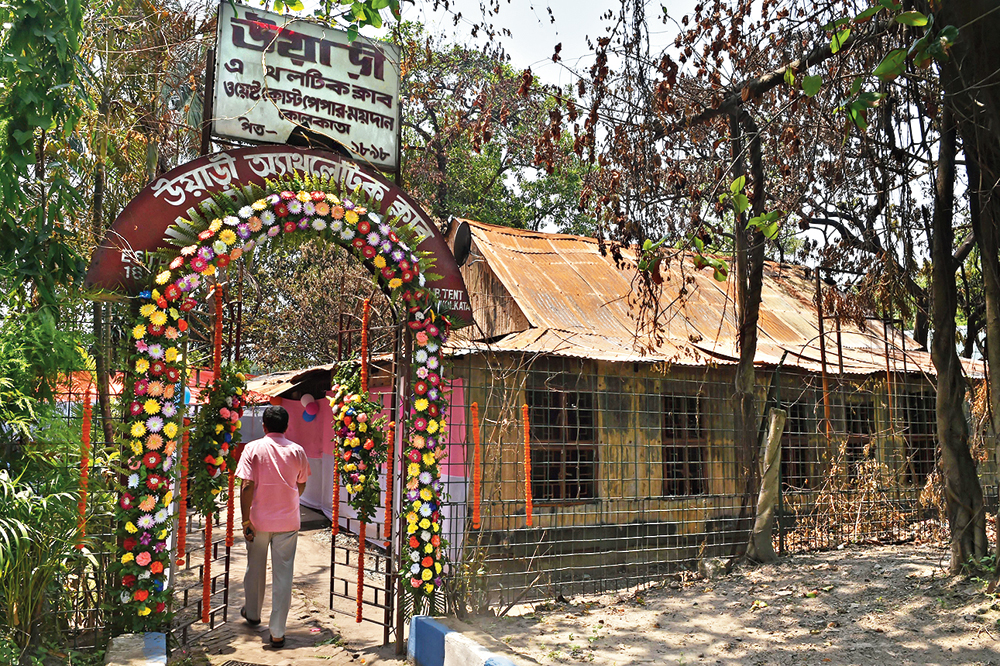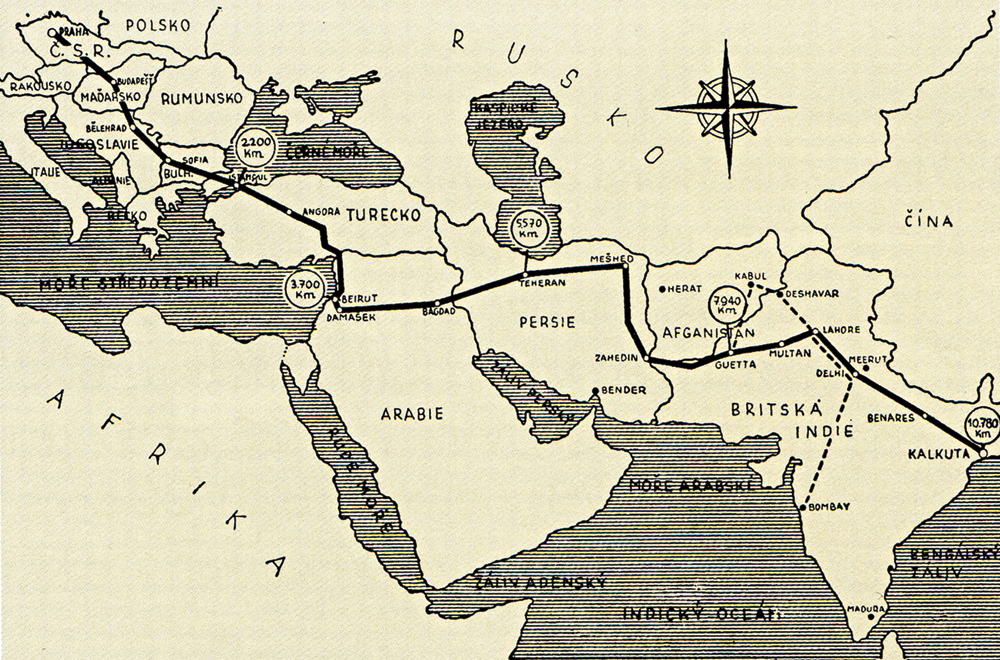The entrance to the Wari Athletic Club (WAC) in central Calcutta’s Maidan area is easy to miss. There is that faded ash and red signage, but the rusty iron lock adorning the grilled gate makes for a more lasting impression. On April 1, the 121-year-old legacy caught fire. “We lost everything,” says Prabir Chakraborty, the general secretary of the club. “There were jerseys, football, hockey and cricket kits. There was a gym inside. There were rare framed photographs, documents... It is all gone,” adds the 58-year-old, who has been associated with this club for more than half his life.
The WAC gets its name from a district in Bangladesh where it was originally founded. The old club in Bangladesh continues to function. “When you come out of the Dhaka airport, you take a road that goes left, that is Wari,” says Chakraborty. Around the time of Partition, some members shifted base to Calcutta and that is how this sub-branch came to be. According to Chakraborty, “Sometime in the 1950s, footballer Pankaj Gupta spoke to the Indian Football Association and secured permission to host third division football here.” Divisions in football refer to categories. Third division football is for players who are a shade more skilled than amateurs.
It is not as if the WAC is the only century-old football club of Bengal. The Calcutta Football Club was set up in 1872, though in the initial days it was a rugby club. The Dalhousie Club came up in 1878. In the piece, “Football and Politics in Bengal: Colonialism, Nationalism, Communalism”, Paul Dimeo writes about the Traders Club that drew its members from British employees of jute mills and clubs such as the Naval Volunteers, Police, Customs and the Armenian Club, which were all established around the same time.

The Wari Athletic Club now. On April 1, the 121-year-old legacy caught fire Picture by Pradip Sanyal
The founding of the original WAC towards the end of the 19th century is significant because it gestures at the continuing popularity of football and how it came to mean something beyond a recreational activity exclusive to army men and the colonial elite. “...It had become an arena of competition between the British and the Indians... it soon transcended the recreational boundary to become a cultural weapon in the fight against the British imperialists,” write Boria Majumdar and Kausik Bandyopadhyay in the book, Goalless: The Story Of A Unique Footballing Nation.
In July 1893 the Indian Football Association was founded. The Calcutta Football League was formed five years later. Dimeo writes, “The first Indian team to play in the league was Mohun Bagan in 1914, which was allowed entry to the second division.” For a long time, there was a rule that Indians could not play first division football.
Historian and statistician Hari Prasad Chattopadhyay says that the WAC has contributed majorly to the football scene of not only Bengal, but the whole of India. He says, “It had once defeated a very famous football club from Brazil, the Corinthians.”
Chattopadhyay talks about Tejesh Kumar Shome, better known as Bagha Shome within Bengal’s football fraternity, who was part of this club. He continues, “Bagha Shome was a legendary coach who trained many emerging footballers who went on to become stalwarts. Because he had also come from opaar Bangla [present-day Bangladesh], he had a soul connect with the club... Players such as Bhabani Ray, who represented India in the 1970 Asian Games, started their careers at the WAC. The footballers here would make many clubs in Calcutta sweat with great performances. They brought up the level of Maidan football. If I am right, it was 1978 when East Bengal lost to the WAC in the Calcutta League. There was chaos. East Bengal supporters were throwing bricks and mud, blocking roads.”
East Bengal footballer Samaresh Chaudhuri was part of the WAC from 1967 to 1969. He says, “During our time, the WAC did not have many players but it was known for certain things, and one such was the rigorous practice sessions.”
Although the WAC started with football, over the last couple of decades it also nurtured hockey and cricket. Shashank Gupta, the cricket coach here, walks me down the cobbled path that leads to the burnt clubhouse. Inside, it is all dark and the floor is covered with the ash and remains of sports kits — a near-burnt pair of gloves, a cricket bat, some orphaned gym equipment. Gupta says softly, “We played excellent cricket this year, at different levels.”
The soft rays of the sun peep in curiously through the broken windows as if trying to spy some remnant of the old glory.











